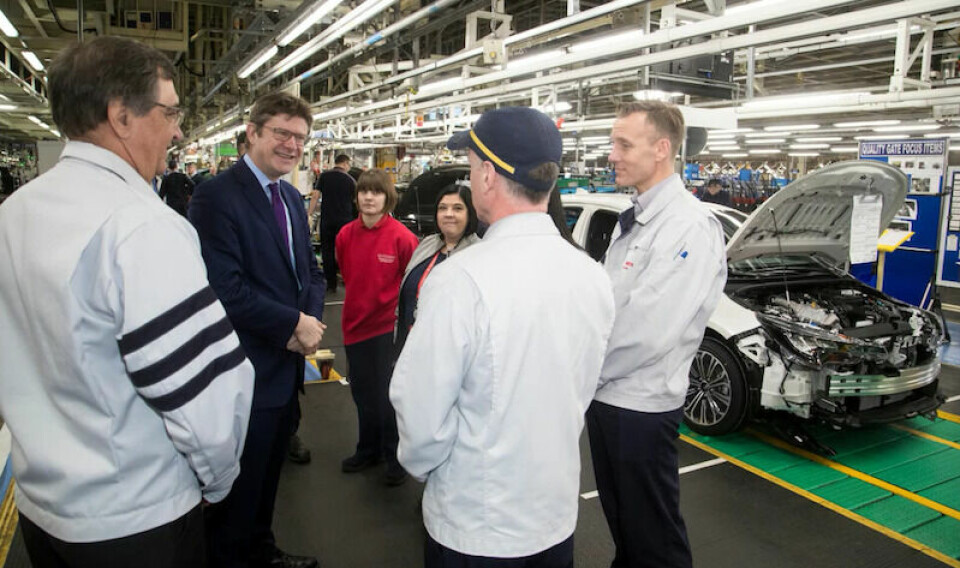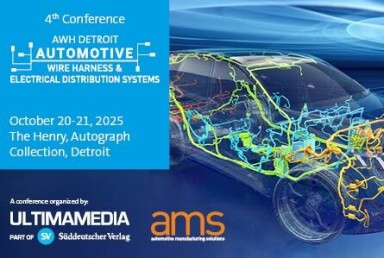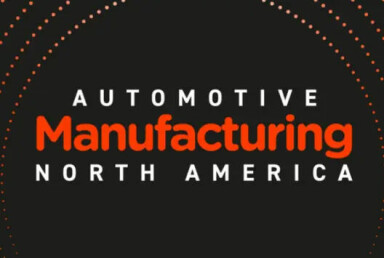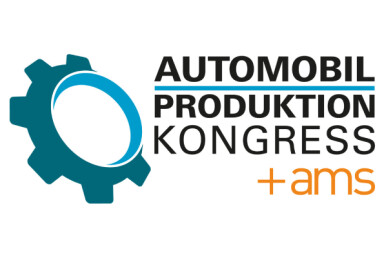Corolla confidence
Upgrade and investments at Burnaston see Toyota start production of the new Corolla in the UK, despite all the turmoil of Brexit

The UK secretary of state for business, Greg Clark, and the straight-taking Japanese ambassador to the UK, Koji Tsuruoka, joined local dignitaries, business leaders and Toyota executives in January, to mark the official start of production of the all-new Toyota Corolla. While this significant development for UK vehicle production was taking place, the UK political system was convulsed with debate over the UK’s soon-to-be rejected proposed EU withdrawal agreement and what this meant for Brexit.
For Toyota it meant it was starting production of a new model which is crucial to its European plans at the same time as UK vehicle production is sadly facing unprecedented change and uncertainty. Greg Clark described the new investment as “testament to (the UK’s) proud manufacturing heritage”. Dr Johan van Zyl, President of Toyota Europe, was fulsome in his praise of the factory’s “highly qualified workforce” and emphasised how the new models would “play a critical role in (Toyota’s) market ambitions in Europe”.
The spectre of a Hard Brexit – with the likely imposition of 10% tariffs on finished cars and delays to finely tuned international supply chains inevitable – looms large over the industry as a whole. With production of the Corolla, c80% of which is destined for the EU and more for markets with which the EU has trade agreements, due to ramp up quickly over the first quarter of the year, Toyota could well face production and market access disruption just when full production rates would be expected to be reached.
Such a development would cast a cloud over the programme which has seen £240m invested by Toyota, supported by a £21m grant from the UK government. The new Corolla is made on the new TNGA-C architecture which also underpins the C-HR (made in Turkey) and which is being rolled out across various Toyota plants worldwide.
Several areas of the UK factory have been upgraded to facilitate the launch of the Corolla, including the introduction of aluminium stamping capability, a new plastic parts painting line and the installation of more robots across the factory. Around 130-140,000 vehicles are expected to be made each year, although whether Brexit disruption will affect volumes in the first year of production remains to be seen.
These manufacturing improvements and upgrades represent the latest step in the Burnaston factory’s evolution. It first produced vehicles back in 1992, making the Carina E. At its peak, prior to the financial crisis, the factory was running two assembly lines, making the Auris (the Corolla’s predecessor) and the Avensis, which has now finished production.
The decision to allocate production of the Auris to Burnaston was announced in 2017, after the UK had voted to leave the EU, the market so crucial to the factory’s success. Like all other UK car manufacturers, Toyota has been clear that unfettered access to EU markets, and the ability to source parts on a just-in-time basis, are essential to the factory’s economic health.
With more than £2.75bn having been invested in the factory since 1992, Toyota’s commitment to the UK is clear; whether the success of the new model will be hampered by political events beyond its control will be determined over the coming months.
Car plants are very fixed entities and even with a Hard Brexit, the company could not simply up sticks and leave the UK; however, in the long run, how much more will be invested here once the new model comes up for renewal and replacement will be decided once the post-Brexit environment is clear. Toyota, and its employees, will hope that it favours, or at least does not hinder, manufacturing vehicles for the EU in the UK. Only time will tell if the faith is to be rewarded.


